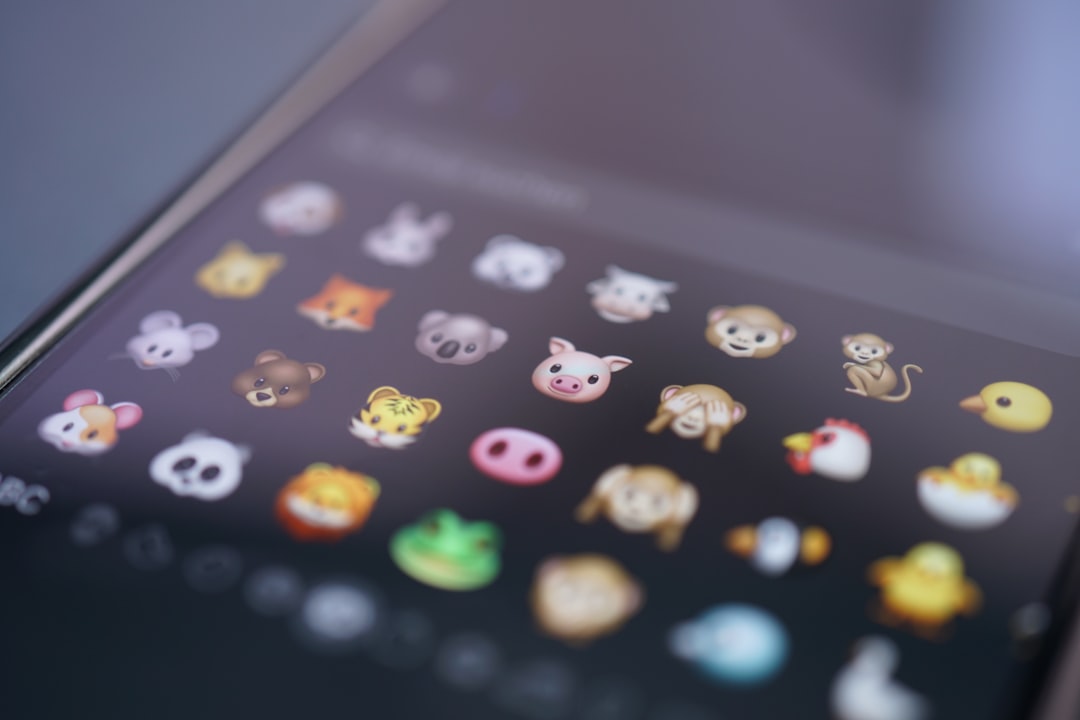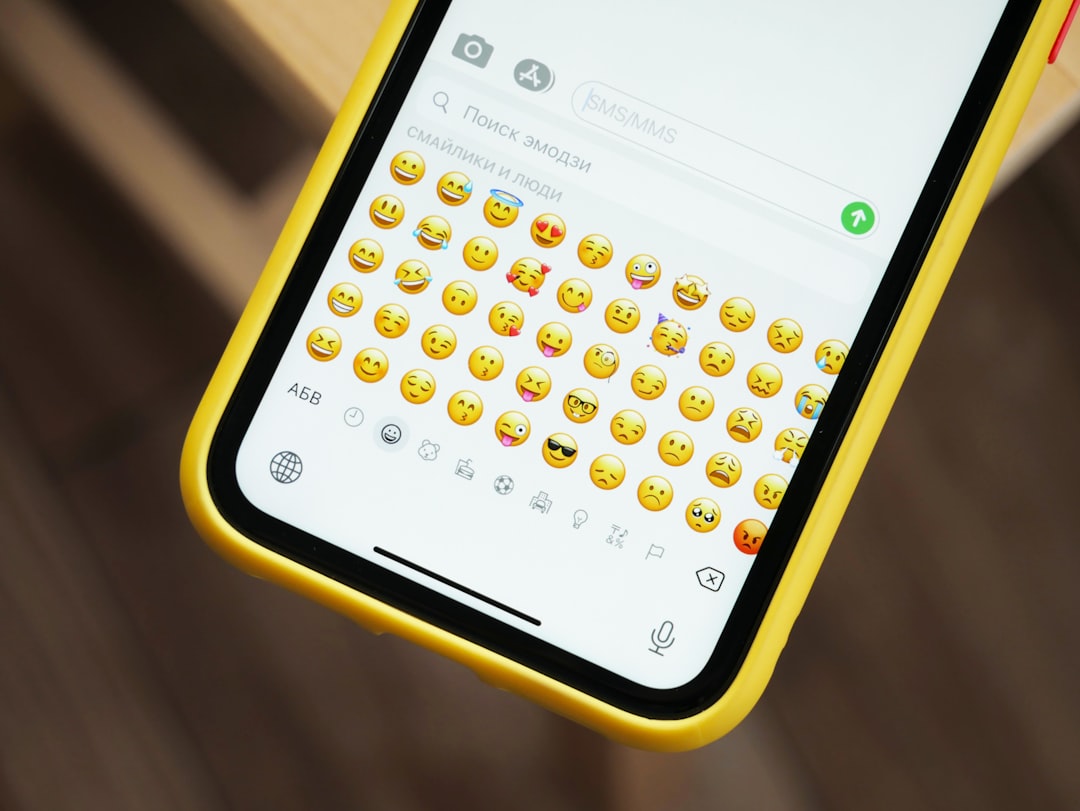In the digital age, emotions are often conveyed not just through words, but through tiny expressive icons — emojis. These vibrant visual cues have taken over our texts, social media posts, and even emails. What started as a handful of smiley faces has evolved into a dynamic, comprehensive language of its own, capable of expressing even the most complex human moods. Today, a truly complete emoji list exists, one so inclusive that it could capture every emotion you’ve ever had — from an awkward first date to euphoric moments you wish could last forever.
Let’s explore how this extensive emoji repertoire has become the ultimate toolkit for expressing yourself digitally, and which emojis should be on your radar right now.
The Emotional Range of Emojis
Emojis are no longer limited to simple expressions like happy or sad. The evolution of Unicode has allowed for a richer emotional glossary that includes subtle states of mind. Need to express sarcasm? Skepticism? Over-the-moon excitement? There’s an emoji for that. Whether you feel misunderstood, ecstatic, nostalgic, or somewhere in between, the emoji world has your back.
Here’s a breakdown of emotional categories emojis now fall under:
- Positive Moods: joy 😂, love 🥰, excitement 🤩, pride 🥳, affection 🫂
- Negative Moods: anger 😡, sadness 😢, embarrassment 😳, frustration 😤, exhaustion 😩
- Neutral/Complex Moods: confusion 😕, contemplation 🤔, sarcasm 🙃, awkwardness 😬, boredom 😐
The sheer diversity of these categories enables users to paint a nuanced emotional picture with just a few taps.
Why Emojis Resonate So Deeply
Human beings are wired for emotional communication, and that’s exactly what emojis offer — a visual shortcut to shared understanding. According to psychologists, over 60% of face-to-face communication is non-verbal. Emojis enable this same depth of communication in a digital context, providing social cues that written text alone often lacks.
Imagine texting “fine” without any additional content. It could imply you’re okay, or conversely, that you’re barely holding it together. But accompany it with the weary face 😩 or smiling face 😊, and suddenly the meaning becomes crystal clear.
The Most Underrated Emojis You Should Be Using
Some emojis are perennial favorites — the laughing face 😂 or the crying face 😭 come to mind. But others are less well-known yet equally potent at capturing specific emotions or vibes. Here are some unsung heroes of the emoji world:
- 🥱 Yawning Face: Perfect when someone is droning on or when you’re feeling meh.
- 🫣 Face with Peeking Eye: Ideal for situations where you’re intrigued but slightly horrified.
- 🥴 Woozy Face: Great for hangovers or emotionally draining days.
- 🫠 Melting Face: A newer emoji that encapsulates everything from social anxiety to summer heatwaves.
- 🫥 Dotted Line Face: Symbolizes feeling invisible or socially withdrawn — especially relevant in today’s hyperconnected yet lonely reality.
Inclusive Emojis for All Moods and People
One of the greatest achievements of modern emojis is their embrace of inclusivity. With the ability to choose from different skin tones, gender variations, and even gender-neutral emojis, these icons are becoming more representative than ever before. The introduction of icons like the pregnant man emoji 🫃, people holding hands in different combinations, and a range of accessibility-themed emojis ensures everyone’s emotions and identities are acknowledged.

Emoji Combinations: Next-Level Emotional Expression
Sometimes one emoji isn’t enough — and that’s where emoji combinations shine. Much like words form sentences, emoji combos form stories. Creative pairings let people expand emotional nuance creatively. Here are a few examples:
- 😅 + 🙈: Embarrassed but laughing it off
- 🥺 + 👉👈: Shy affection — often used in crush contexts
- 🫠 + 🧠: Mentally melting from stress or overload
- 😴 + 📚: Bored or falling asleep while studying
- 🤯 + 💡: A mind-blowing realization or idea
This creative language allows users to tell a deeper emotional story — perfect for those moments words just can’t express.
Emoji Accessibility and Tech Integration
Another reason this complete emoji list is so transformative lies in its seamless integration across platforms. Emojis are available on smartphones, tablets, desktop applications, and social media platforms like Instagram, Twitter, and TikTok. Voice assistants like Siri and Alexa even read them aloud. Tech companies are also leveraging emojis for branding, advertising, and customer interaction because they transcend language barriers and land better than text in many cases.
Future-Proofing the Emoji Language
With each Unicode update, emoji designers continue to prioritize emotions and cultural relevance. The Emoji 15.1 release saw the inclusion of more “talk-to-the-hand” icons, new family groups, and symbolic gestures. The next frontier may feature animations or even AI-generated emoji expressions based on voice or facial recognition.
As more researchers and cultural experts contribute feedback to the Unicode Consortium, the emotional lexicon continues to grow — ensuring it reflects the mood swings of humanity across generations.

Final Thoughts
The current state of the emoji landscape is nothing short of revolutionary. With their vast emotional range, cultural inclusivity, and creative adaptability, emojis have become more than just a digital trend. They are now a language in their own right — one that helps express everything from fleeting moods to deeply complex human experiences.
A complete emoji set means never having to say “I don’t know how to describe what I’m feeling.” There’s a little icon ready to do it for you.
FAQ: Everything You Wanted To Know About Emojis and Mood Expression
- Q: How many emojis are currently available?
A: As of the latest Unicode update, there are over 3,600 emojis available, covering everything from facial expressions to objects and symbols. - Q: Are emojis the same across all devices?
A: While the core set is standardized by Unicode, the appearance can vary slightly between iOS, Android, and other platforms. - Q: How can emojis help with mental health awareness?
A: Emojis can provide non-verbal cues and help individuals communicate emotions they may be uncomfortable vocalizing, making mood recognition and support easier. - Q: Can I suggest new emojis?
A: Yes! Proposals can be submitted to the Unicode Consortium, though the process involves detailed justification and takes time. - Q: What is the most used emoji in the world?
A: The “Face with Tears of Joy” 😂 consistently tops global usage charts year after year.

